The Astonishing Story of Skip Alexander, the Golfer with the Bloody Hands

Skip Alexander was sprawled on a Duke University Hospital bed in early 1951, listening to another doctor explain what would take place for seemingly the umpteenth time under the knife. Seventeen major surgeries lasting more than 50 hours were required, many at the vaunted Durham, N.C., hospital. Two of these men on the case, Drs. Leonard Goldner and Kenneth Pickrell, were becoming orthopedic hand and plastic surgery icons and tasked with piecing together a golf version of Frankenstein.
With third-degree burns over 70 percent of his body and a snapped left ankle suffered as the sole survivor of a September 24, 1950, Evansville, Ind., airplane crash, there were concerns about not only survival but how Alexander would handle his charred exterior going forward, with or without golf. Dr. Goldner insisted it may be time to take care of his hands.
Understand that hands are the soul of a golfer’s craft, connecting the torso to the club in a rush of power that determines the ball’s direction and distance. The proper grip is the seminal fundamental for any golfer.
Alexander’s large hands were mere appendages at this point. He had punched through an airplane door on fire in a moment of despair to save his life. Alexander’s dramatic rush out of the airplane, clothes and hair on fire amidst a blue cloud of fuel ready to explode, had left him burnt to the point that first responders reportedly thought he was a Black man who had escaped the interior as he lay 100 yards from the downed plane. Alexander would compare a first glimpse of his hands to “yellow molasses.” A St. Petersburg, Fla., writer described: “His hands were twisted so that his fingers stuck out at odd angles like the scarecrow’s in the Wizard of Oz.” With scar tissue galore and often bleeding at the smallest invigoration, using eating utensils may have been a tall task.
Goldner explained that Alexander’s hands may require the amputation of pinkies and a portion of his ring fingers on each hand. But the doctor who was the same age (32), also a World War II veteran and an avid golfer met with some defiance.
“Isn’t there another option?” Alexander, normally a kindly fellow, countered, in a recollection by Skip’s son, Buddy Alexander. “What I would like to do is to freeze my hands in a grip-like position. My sponsor, Wilson, sent me a gift with flowers of a short club with a grip on it. I would like for you to take that club into the operating room so you can understand how my hands need to clamp down on the club. Make it so I can grip a club again.”
Goldner informed his surgery team to sterilize the club for the first procedure and four total major surgeries which took place on each hand over the next few months that permanently shaped them like a cupped ‘C.’ Even though Goldner never documented the work in medical journals or in papers donated at Duke, it was considered a novel operation at the time.
Medical records, released by Duke to the Alexander family for the first time in July 2021, indicate skin grafts, pin insertions, splints and casts were utilized as “… the patient was able to return to playing golf, and his record has been satisfactory,” an April 1952 report stated, also noting his fingers had at least 25 percent permanent disability, particularly 70 percent in both pinkies. The medical records contain a dozen fuzzy, black-and-white photos of Alexander grasping golf clubs as if it’s a Golf Digest gripping lesson. Wooden blocks, rubber balls, a spring hand grasper and even knitting potholders – of which the Alexander family still has a few – were suggested rehabilitation tools.
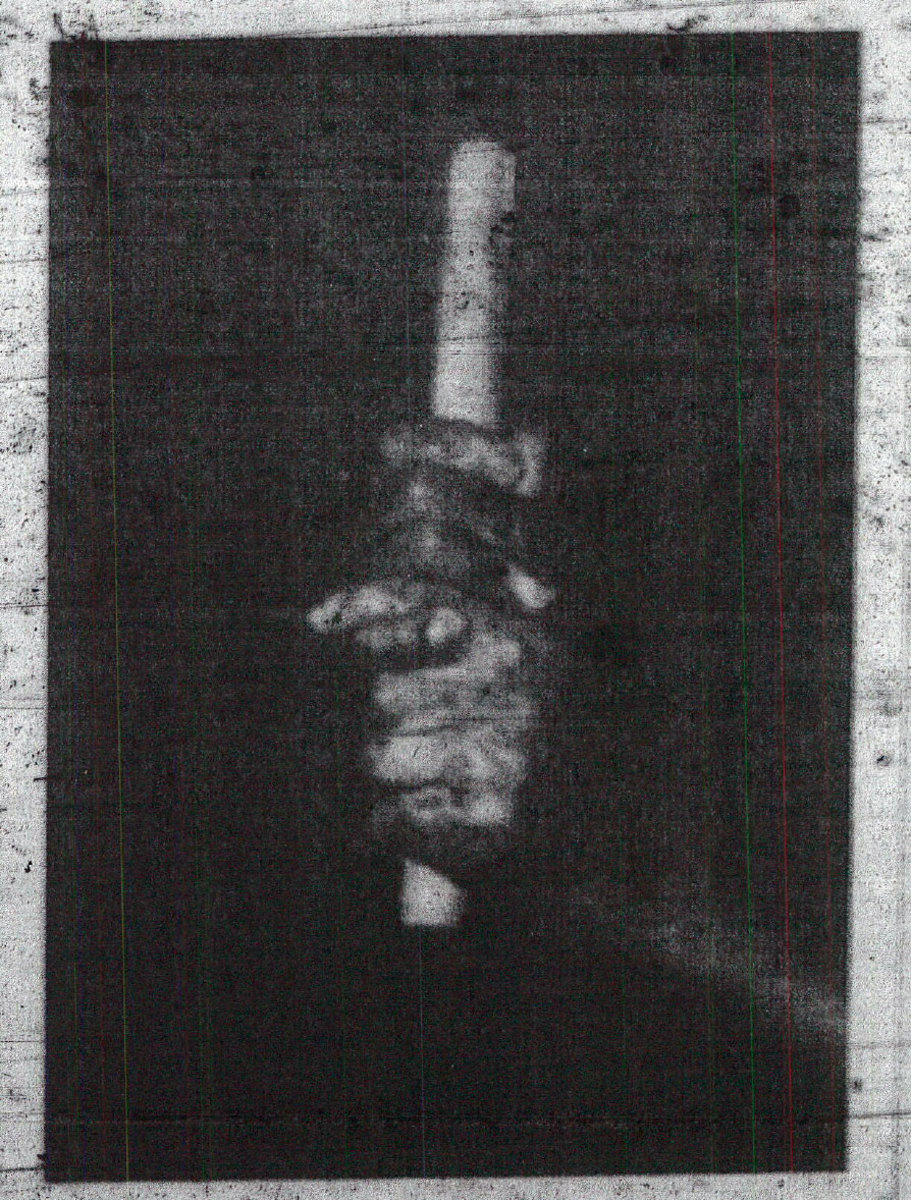
“The extensors (back of the hand) and parts of the fingers were contracted so that I didn’t have any openings,” Alexander recalled years later for his home club, St. Petersburg (Fla.) Country Club. “The doctors opened them up. They took a knuckle out and fused the (remaining) two knuckles together so they would fit a golf club.”
This was the most fanatical decision of many made by Alexander that led to the greatest comeback in Ryder Cup history. Alexander’s unlikely participation 70 years ago this fall on his beloved Pinehurst No. 2 Course comes to light again as the Ryder Cup is played in late September at Whistling Straits in Wisconsin where there will be lots of bluster about heroics and bravery but nothing like Alexander’s. The return may even surpass golf’s Lazarus-like returns procured by titans like Ben Hogan and Tiger Woods. This is the account of one man whose final hoorah in professional golf is also everlasting.
“Skip’s a regular fellow - clever, jolly, and attractive” — Senior citation in 1936 Messenger, Durham (N.C.) High School yearbook
Alexander built his pedigree in central North Carolina with quite a bit of noteworthy assistance.
His father, Stewart Murray Alexander Sr., was called The Captain after college football stardom and World War I service. In the early 1920s, The Captain and wife Blussie moved the family to Durham to become an engineer with Liggett & Myers Tobacco Company in one of the world’s largest tobacco production centers. He also flashed the Alexander personality. The Captain moonlighted as a freshman football coach at the University of North Carolina in 1922, but by the 1923 season he was recruited to become the head coach at – egad! – rival Trinity College (to be named Duke the following year) when head coach Herman Steiner was dismissed at midseason. It was determined Alexander “would be able to devote all his time after business hours to training the team,” Trinity announced. The Blue Devils finished 5-4 that season, The Captain’s lone one at the helm.
The Alexanders settled on Club Boulevard in West Durham across the street from Durham Country Club, an early 1900s Donald Ross-Perry Maxwell design which doesn’t exist anymore (the city’s municipal course, Hillandale Golf Course, has been situated down the hill since 1960). One player three years older than Skip was Henry Poe, a future Duke golfer and PGA of America President who in the late 1970s brought Europe into the Ryder Cup Matches. Poe and his father, the course manager, passed along swing tips as Skip and younger brother Chuck caddied. Another influence was Dugan Aycock of Lexington, N.C., considered “Mr. Golf” in the Carolinas for his longtime PGA professional career. Both helped refine Skip’s game, where he started playing left-handed only to switch to righty because of the lack of left-handed equipment. Aycock also gave Alexander his first club pro job at Lexington Country Club.
At Durham High School, the 6-foot-2, 200-pound Alexander was the No. 1 player on multiple state championship golf teams despite very poor eyesight, requiring glasses, with one of his teammates being Horace “Bones” McKinney, the basketball star who would go on to college and professional success as a player and coach. Alexander’s game rose a notch at nearby Duke, winning two Southern Conference championships (prior to the Atlantic Coast Conference’s formation in 1953), leading the Blue Devils to three team titles and capturing the 1941 Men’s North & South Amateur in Pinehurst.
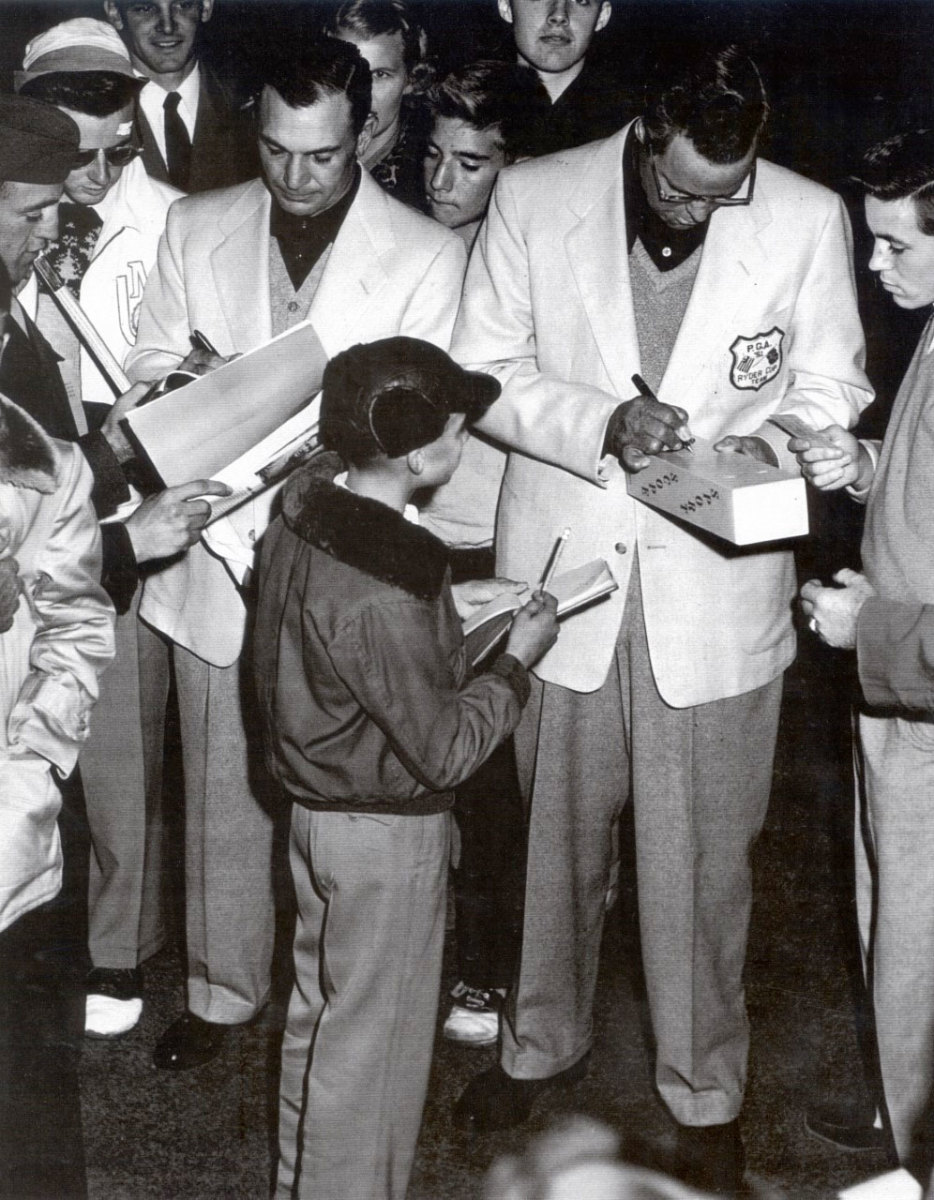
PGA regulations required membership to become eligible to play professionally, so Alexander served an apprenticeship to Aycock in Lexington beginning in 1941. A four-year Army stint in the Pacific during World War II interrupted, but he was soon back at it.
As the mid-1940s came, Alexander was a rising star. Traveling the country by car or commercial airline, when necessary, he palled around with North Carolina friends Clayton Heafner and Johnny Palmer. He won many long-drive contests prior to tournaments in the days before pro-ams. In a 1947 exhibition in Lexington, South Africa sensation Bobby Locke shot 66 but Alexander countered with a startling 58. Wins came quickly beginning in the late 1940s, taking home three PGA Tour titles in Tucson, Washington D.C. (both in 1948), and Upstate New York (in 1950) to secure a spot on the 1949 Ryder Cup team in England and position himself favorably for the 1951 U.S. vs. Great Britain get-together in Pinehurst, just an hour south of his hometown.
Alexander also continued to display his affable personality, which allowed him to get along with distinctly different characters such as the hard-edged Hogan, the carefree Sam Snead and the hot-tempered Heafner. At the 1950 PGA Championship, held at Scioto Country Club in Columbus, Ohio, Alexander finished 17th and made an impression on a 10-year-old home club kid, Jack Nicklaus, whom Alexander escorted into the locker room for some autograph gathering. Nicklaus remembered that occasion through the years when Skip’s name came up.
The PGA came in late June as the road was getting awfully tiresome, marking Alexander’s 17th start in 29 events that year, with nearly weekly play, a win, three runners-up and 10 top-10 finishes. To expand his pocketbook, Alexander and a couple cohorts planned a fall exhibition tour of South America. However, wife Kitty was at home in North Carolina with their first-born, 1-year-old Carol Ann – nicknamed “Bunkie” for a golf bunker – and he yearned to be with his family.
Then came the aftermath of that 29th start of the year – his 13th consecutive week on the road.
“I was a little fire running from a big fire.” — Skip Alexander years later about how he escaped the crash.
Alexander finished sixth at the Kansas City Open on Sept. 24, 1950, but a rain delay pushed the round to later in the day and Alexander missed his commercial flight home.
However, an on-site military official representing the Civil Air Patrol had a solution. The Civil Air Patrol, a civilian auxiliary to the U.S. Air Force, was already associated with professional golf, with players scheduled to participate in fundraisers. Add on that Alexander was a veteran, and the officer summoned a plane to get him to Louisville, Ky., that evening and onto a commercial flight to North Carolina. With three Civil Air Patrol officers and Alexander aboard the workhorse of World War II, a C-45 Beechcraft, the flight went smoothly until approximately 100 miles west of Louisville when the pilot couldn’t switch to a secondary fuel tank. An emergency landing was required in Evansville, just three miles away at the time of the pilot’s distress call.
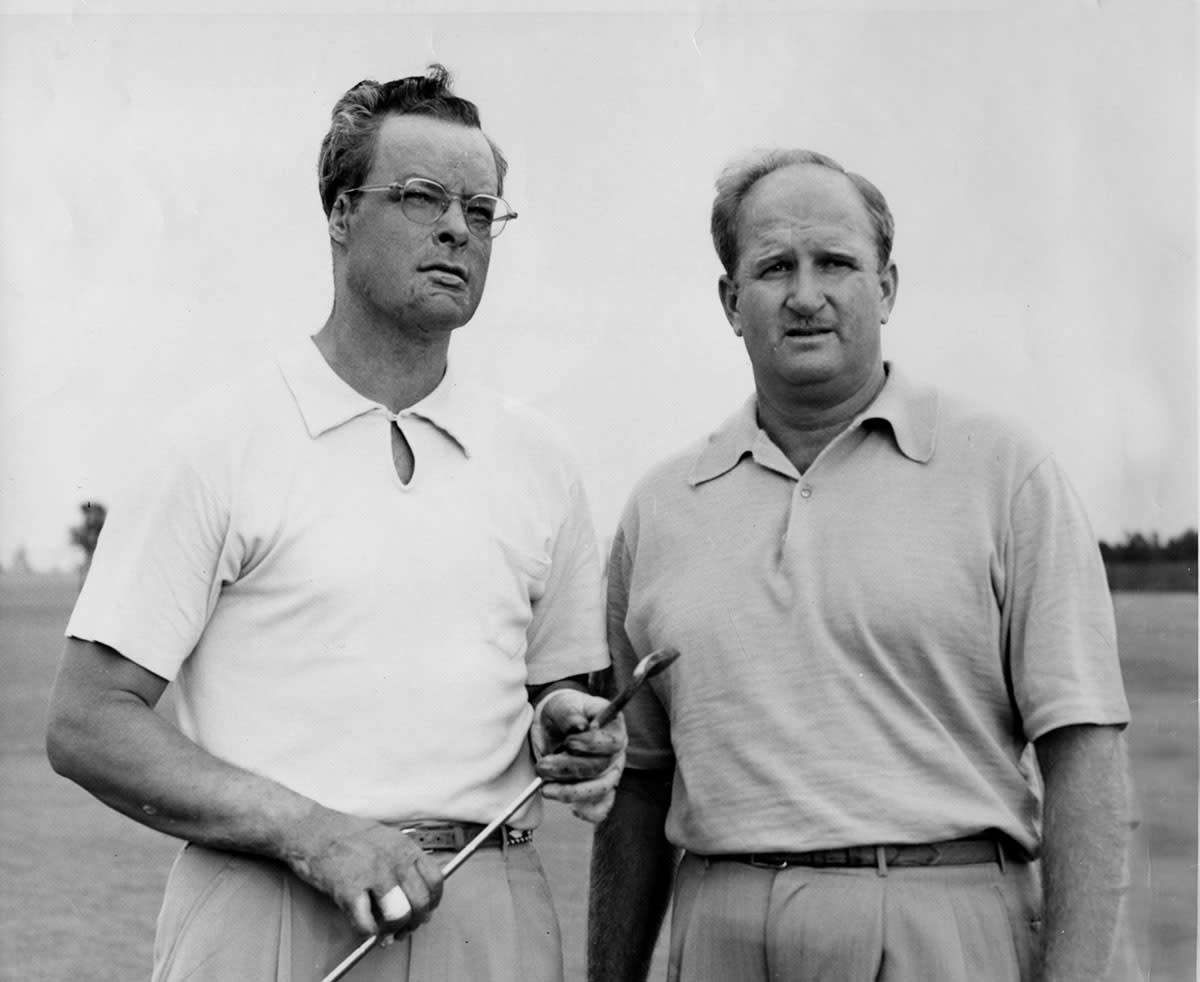
The plane never made the runway, chugging over a nearby International Harvester factory, then “bounced like a rock does when skipped on water,” according to an eyewitness, and settled against tracks in a railway yard, a mere 600 yards from the end of the runway. Alexander escaped the plane as the other three were gravely injured or trapped by debris. What Alexander met was flames, so he used the exterior door as a shield, pushed on and was severely injured. As he lay on the runway and a passerby snuffed out his fiery body, the plane’s fuel tank exploded to kill the remaining inhabitants.
A few years later, Alexander filed a federal suit against the Civil Air Patrol to try and compensate for growing medical bills and lost golf wages. On March 30, 1954, he testified for nearly three hours in a Durham courthouse about the accident. It was determined that the fuel switch valve was faulty, preventing the pilot from changing to an alternative gas supply. The faulty switch was listed in the plane’s pre-flight log without a repair completion and noted as “threads on the pin sheared” in a post-crash investigation. The pilot also made an error in taking such a wide approach in an emergency when a direct route was necessary. An original $279,000 suit was filed, but it went to various stages of appeal and a reward was denied in September 1955, based mostly on the fact the government and military could not be sued at that time. Fortunately, he had veterans’ coverage to fall back on. It was the same airport where 29 members of the University of Evansville men’s basketball team were killed on takeoff in 1977.
Alexander was rushed to a nearby hospital and bandaged up like the Invisible Man. The hospital called Kitty in North Carolina and she took the last leg of on an overnight trip by bus as flights couldn’t reach Evansville that evening, witnessing the wreckage at dawn as the bus passed by the Evansville airport. Younger brother Chuck, an Air Force pilot in Guam, was notified to return home as Skip’s diagnosis seemed dire. There were estimates that Alexander had a 15 percent chance of survival as he was stationed under a large oxygen tent and given multiple blood transfusions. The left ankle was repaired, but not fused because that wouldn’t allow Alexander to finish his golf swing, leaving him in pain for the rest of his life. Skin grafts from his rear end and hips were so plentiful that they lost count. Five months were spent in two hospitals.
“They primarily wanted to save his life and probably didn’t think they would be able to do that at first,” Bunkie (Alexander) Tate said. “But Dad was already thinking beyond that. He was a very, very determined human being, even before the crash. He put his mind to it and willed his way through that.”
Three months in Evansville allowed him to get out of the woods and be in shape for a transport home by year’s end for further surgeries.
“This fellow deserves the biggest applause of all. A few months ago, none of us thought he’d ever play golf again.” — Sam Snead at the 1951 Ryder Cup
Alexander would never make more than eight starts in a season beyond 1951. But he was on the verge of Ryder Cup spot at his favorite course nine months after leaving Duke.
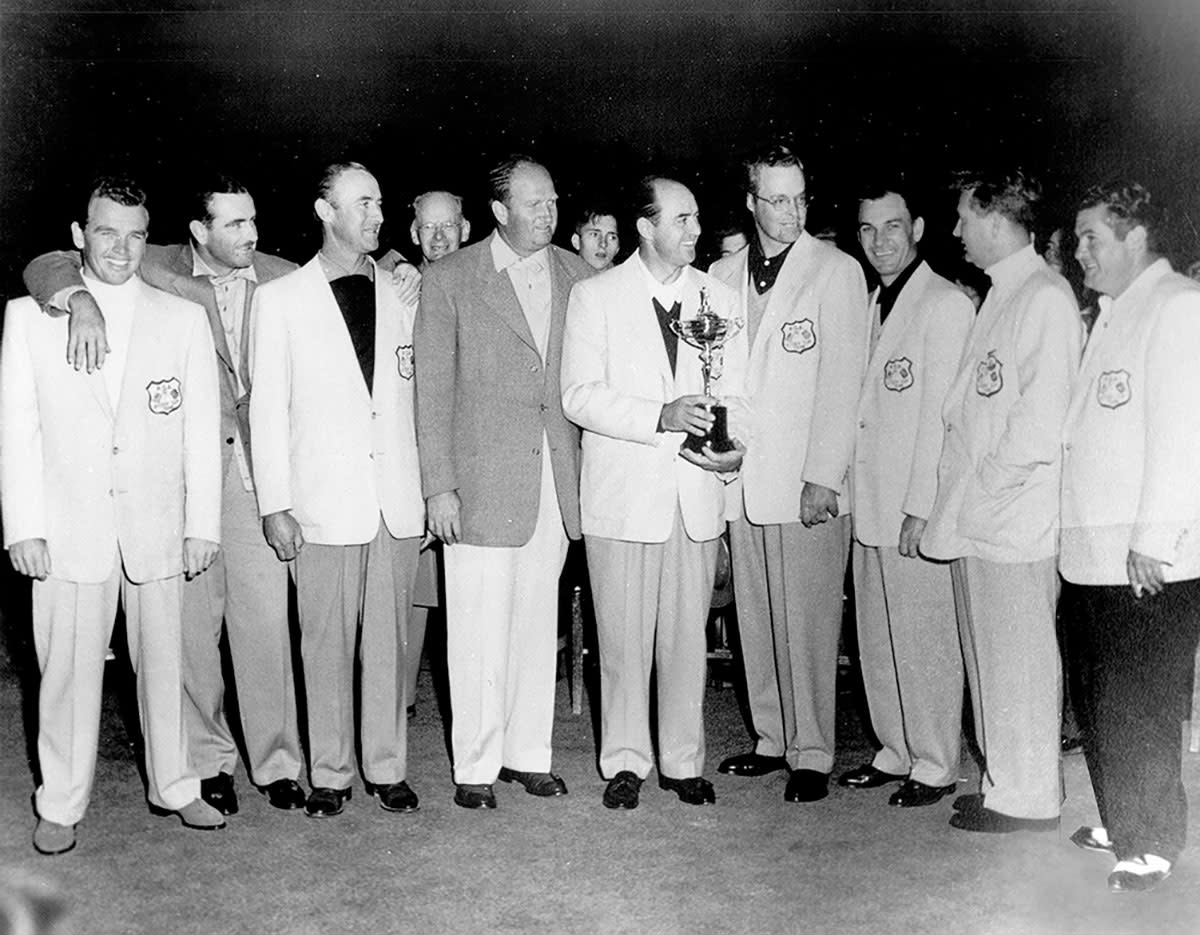
By late August 1951, he returned to the PGA Tour, opening with a 69 at the Sioux City (Iowa) Open and played five events through September to secure the 10th and final spot on the Ryder Cup team. He never contended but proved he could finish and walk.
There was some good news. St. Petersburg Country Club offered the head professional’s job in early 1951, a role he would fulfill for 34 years, retiring in 1985. Wilson, his equipment sponsor, not only had unintentionally provided the club to model his hands but also offered its $2,500 annual sponsorship fee for the rest of his life and custom-made grips, with a narrower butt end as he also had to alter his grip from overlapping to interlocking. Alexander was so well thought of that the Masters invited him to attend its April 1951 tournament, provided a cabin adjacent to the 10th hole and a seldom-offered seat away from spectators between the 12th green and 13th tee.
The 1951 Ryder Cup was nothing like its current circus atmosphere. There were just two days of matches, one devoted to four foursomes (alternate shot) matches and the final day to eight singles, all over 36 holes with 10 players on each squad. Great Britain’s team was on a five-match losing streak so there wasn’t much banter. North Carolina was even more low key. The Tar Heel football team was scheduled to play No. 1-ranked Tennessee on Saturday, Nov. 3 in Chapel Hill. So, officials slated team play on Friday, Nov. 2 and the singles on Sunday, Nov. 4, with an off day to attend the football game on Saturday (a 27-0 Vols’ rout) – except for Snead, who scheduled an exhibition match in Florence, S.C., to earn extra cash.
On a rainy and cold Friday, the U.S. took a 3-1 lead and playing captain Snead looked ahead to Sunday’s singles. Perhaps as a gesture to Alexander’s good play and their shared Wilson sponsorship, Snead penciled in Alexander to play after sitting him out on Friday. “Dutch” Harrison also didn’t play on Friday because of a flu bug that was evidently accelerated by attending the football game. There have been reports that Hogan disagreed with Snead’s choice, perhaps because he understood the difficulty of walking following an accident of his own in February 1949 when his car was struck head on by a bus or because he wanted a piece of Great Britain’s No. 1 player, “Gentleman” John Panton.
Snead held fast and pitted Alexander against Panton in the next-to-last pairing, right between Hogan and Snead. That seemed like a safe spot for a player who admitted he may have trouble walking.
“I don’t know whether Snead knew that I was going to play John Panton and was just forfeiting the match or leading the lambs to the slaughter,” Alexander recalled years later.
Scotland’s Panton was making his Ryder Cup debut after winning the 1951 Vardon Trophy and European Tour Order of Merit. Panton had a quiet demeanor, offset by the naming of a drink in his honor, the John Panton – long before the Arnold Palmer. Panton’s drink was non-alcoholic, consisting of ginger beer, lime and bitters, evidently developed to endure the usual late-night bar visits common on the European Tour and to be sharp for the following day’s play.
What transpired in their match that Sunday morning was more akin to a Rocky Marciano heavyweight bout. Alexander went out in 74 for a 5-up lead at the lunch break. But there were problems – the cotton gloves Alexander wore on both hands for protection had to be replaced because his hands were bleeding, the towels on his golf bag were also bloody and his usual left ankle limp became more pronounced. Still, Alexander’s lead grew to 8-up despite a three-putt on the par-5 10th – the match’s 28th hole – and still thought, “Every time I played a hole, I wondered if I could play the next.”
“As Dad liked to tell the story over the years, No. 11 at No. 2 comes back fairly close to the clubhouse, his hands were bleeding, he was out of dry towels, so ‘I had to dust his ass right there’,” Buddy Alexander recalled.
Alexander called it the “greatest day of my life.” He was but 3-over par in the 8-and-7 victory that remains among the biggest victories in 36-hole singles history. The U.S. team won 9½-2½, so it wasn’t a decisive match. Yet, Alexander’s personal heroics are underplayed, often reserved as a mere footnote in Ryder Cup annals.
Raleigh (N.C.) News & Observer columnist Dick Herbert noted: “How Alexander does it with his hands burned the way they are is a mystery to everyone. His comeback is greater than the one staged by Hogan.”
“He was always completely comfortable with himself and would often say, ‘I’m just a me.’ He loved golf more than he could explain.” — Bunkie (Alexander) Tate
Alexander had always wanted to be a club professional, the goal of most pro golfers prior to the 1960s. He received the 1951 “Most Courageous Athlete” award and the 1960 Ben Hogan Award – what took so long? – for “overcoming a physical handicap or serious injury to remain active in golf.” Added laurels included inductions into sports Halls of Fame for the state of North Carolina, Duke and Carolinas Golf over the next few decades.
There’s even the possibility of a movie being produced in the next couple years, as a script has been in development and is gaining momentum.
“When he did talk about it, Dad was always quick to say he was the luckiest man in the world, lucky to be alive,” Buddy said.
Buddy also was able to help propel his father’s name forward on a couple occasions. Buddy, then the golf coach at LSU, won the 1986 U.S. Amateur, resulting in a 1987 Masters invitation, paired alongside defending champion Nicklaus. Skip Alexander was there, reminiscing about the last time he played in the Masters – in 1954 when Buddy was age 1.
Another connection came after Skip died on Oct. 24, 1997, at age 79. Twenty years ago this summer, Buddy’s University of Florida men’s golf team was inspired by the 2001 NCAA Tournament site at the Duke Golf Club. Maplewood Cemetery near downtown Durham is the final resting place for Skip Alexander, a mere two miles from the Robert Trent Jones Sr.-designed Duke course.
“I visited his gravesite often, by myself, that week and tried to get there every morning before we played,” Buddy Alexander said. “Maybe … maybe, I was looking for a little divine intervention.”
Alexander shared his visits with the team in a low-key manner. Still, it was a ghostly week. Florida was 17 strokes behind after the first round of the 72-hole event but kept climbing before a magical final round. Senior Nick Gilliam, who had never won a college tournament, was the medalist in his final college start and the Gators won the team title by 18 strokes.
That relation continued late this summer as Tyson, Skip’s grandson and Buddy’s son, walked in their footsteps. Tyson was 9 when his grandfather passed away in St. Pete. Growing up in Gainesville, Fla., basketball and golf shared the spotlight until Tyson played for his father at Florida, experiencing moderate success. When Tyson played in the 2009 U.S. Open at Bethpage Black, it marked only the second time a third generation had made a U.S. Open start, with Skip-Buddy-Tyson following the lead of the Herrons and longtime PGA Tour player Tim. As a professional it has been a decade-long journey for Tyson, winning on the Latinoamerica Tour in 2018 and ascending on the Korn Ferry Tour the last couple years.
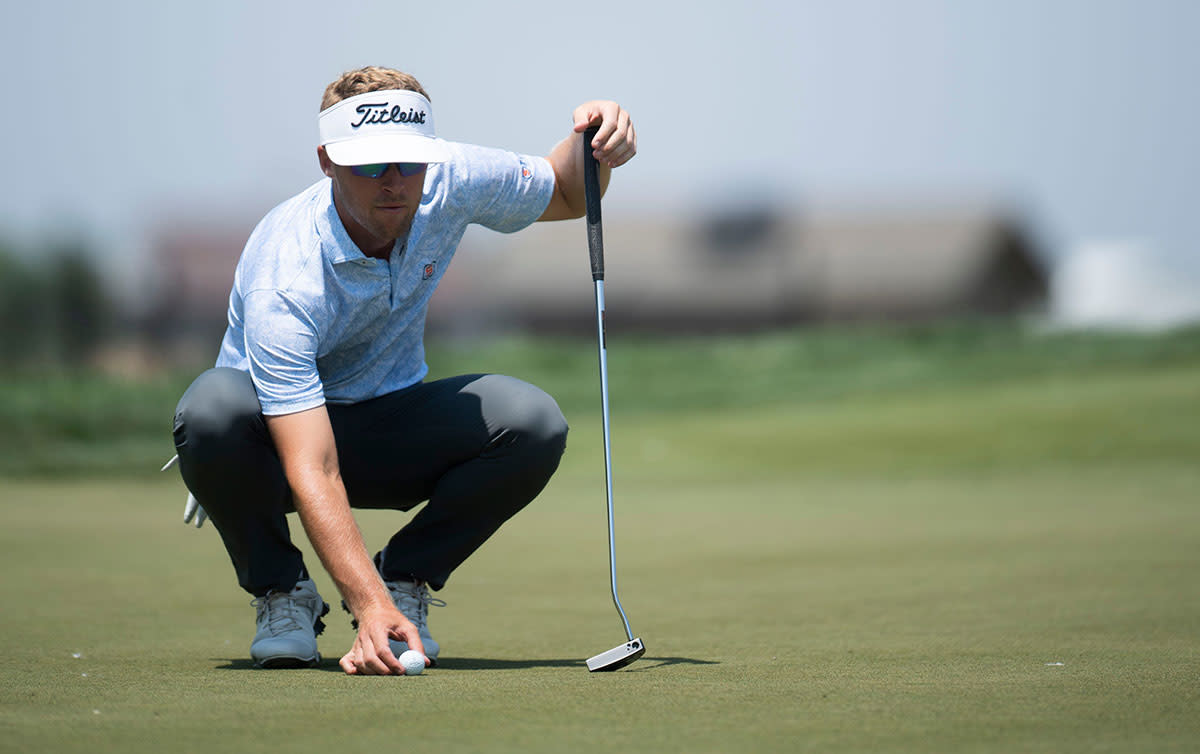
As the 2021 Korn Ferry season progressed, Tyson, age 33, accumulated his first victory in April and was within close range of finishing in the top 25 and earning his PGA Tour card for 2021-22, an accomplishment last seen by his grandfather as Buddy never earned full-tine status.
The season compared to the life that his grandfather led. Tyson made 20 starts in 23 scheduled 2021 events — including the final eight in a row — hopping from Lakewood Ranch, Fla., through College Grove, Tenn., in a passel of smaller markets. One week in July, he drove from Springfield, Ill., four hours south to Springfield, Mo., for the next week’s event.
Tyson speaks of his grandfather affectionately. There are the two Ryder Cup patches stored at his father’s house and bound for Tyson’s possession one day. There’s also the characteristic he exemplifies.
“My grandfather always asked the waiter or waitress at a restaurant their name,” Tyson said. “He just liked calling them by name, like he’s getting to know them. I don’t know why, but that’s just a habit I inherited from him.”
The conclusion to the season didn’t have quite the storybook ending as Alexander faded down the stretch, missing two cuts in the final three Korn Ferry Finals events and placing outside of the two top 25 rankings required to reach golf’s biggest stage. Still, it was his best professional season and secured full exemption for the 2022 Korn Ferry Tour.
But there was a bookend at the final tournament on Sept. 5, at Victoria National Golf Club. The course is situated in far southwestern Indiana, just outside Evansville, a city full of Alexander lore.
“I was driving to the Evansville airport yesterday with a friend, leaving the tournament,” Tyson said on Labor Day. “I told him about my grandfather’s story here, just as we crossed over railroad tracks, probably the ones where the plane stopped. That was a little eerie. He went through a lot, and I take it as a reminder to keep on going.”
It was 71 years ago this September — on exactly the date the 2021 Ryder Cup begins — when a plane crash set off one of golf’s most under-appreciated stories of fearlessness. Now, another Alexander, pursuing the same goal in the same town, continues to dream with even greater appreciation.
MORE RYDER CUP COVERAGE FROM MORNING READ
- The quick guide to the Ryder Cup, including teams, schedule and how to watch
- Three holes that could decide the Ryder Cup
- Watch: Why Whistling Straits is 'all that'
- 11 reasons the Ryder Cup is the most compelling thing in golf
- Who should be favored in the Ryder Cup?
- Bryson DeChambeau brings his game, and baggage, to Whistling Straits
- Sergio Garcia is about to play in Ryder Cups across four decades
